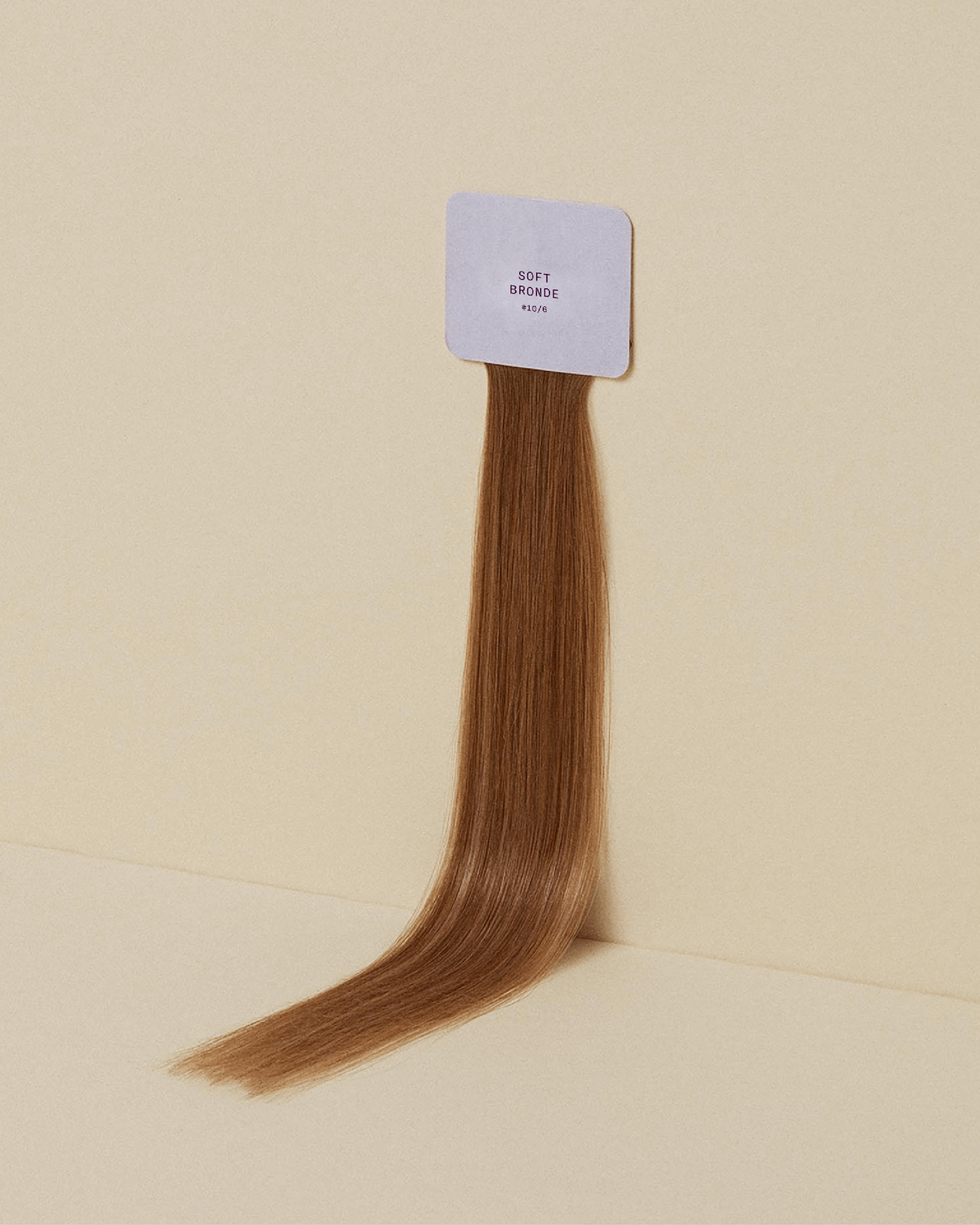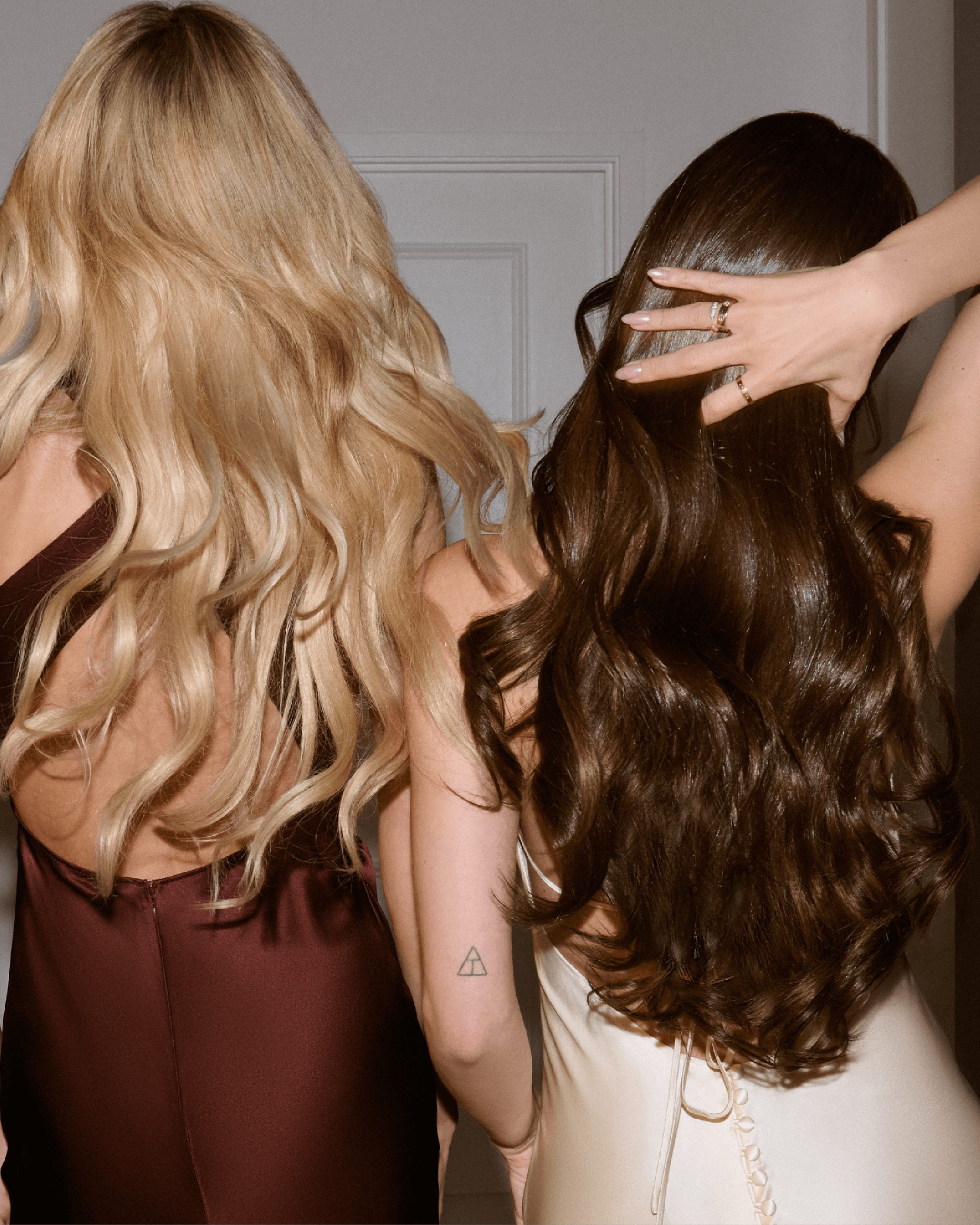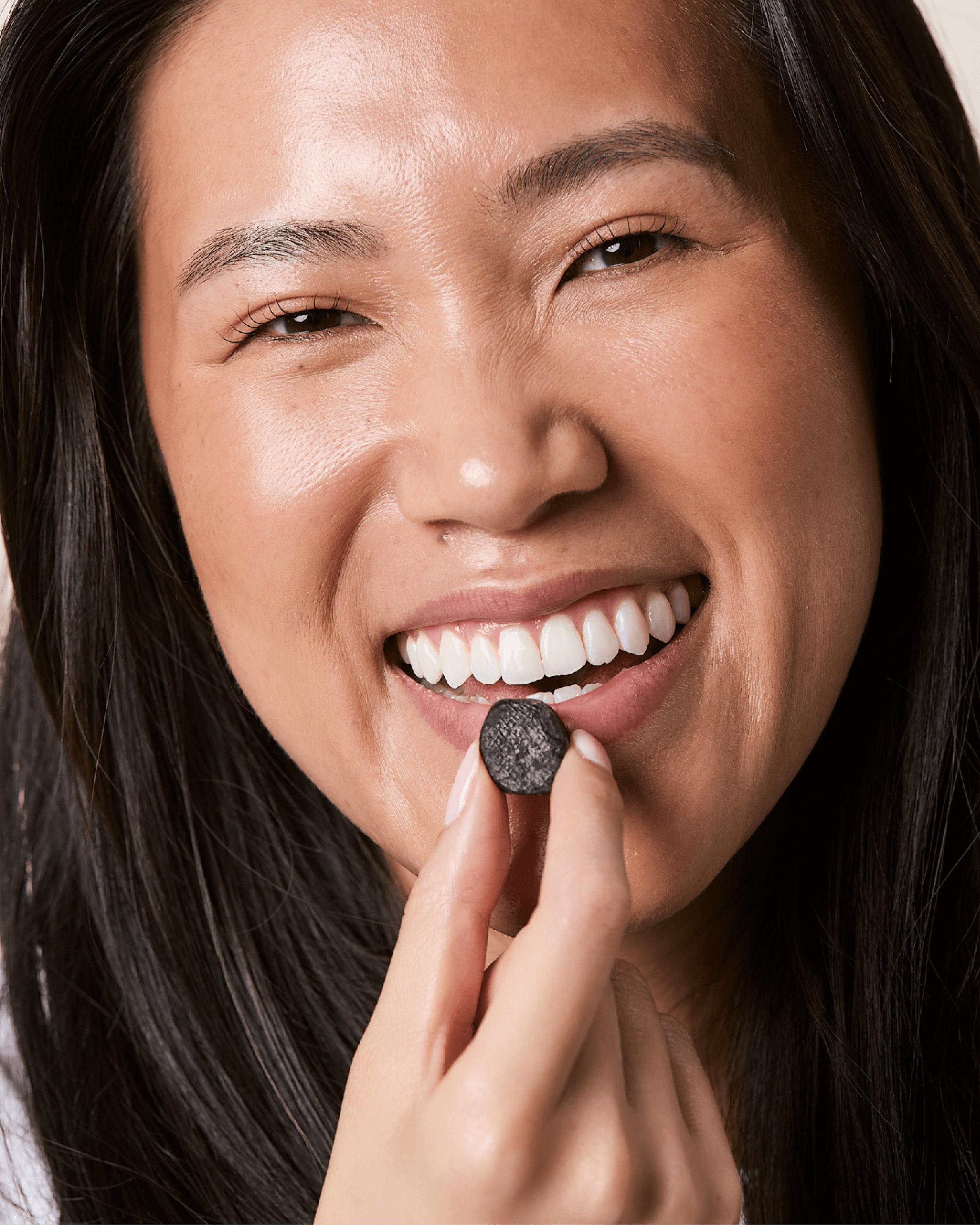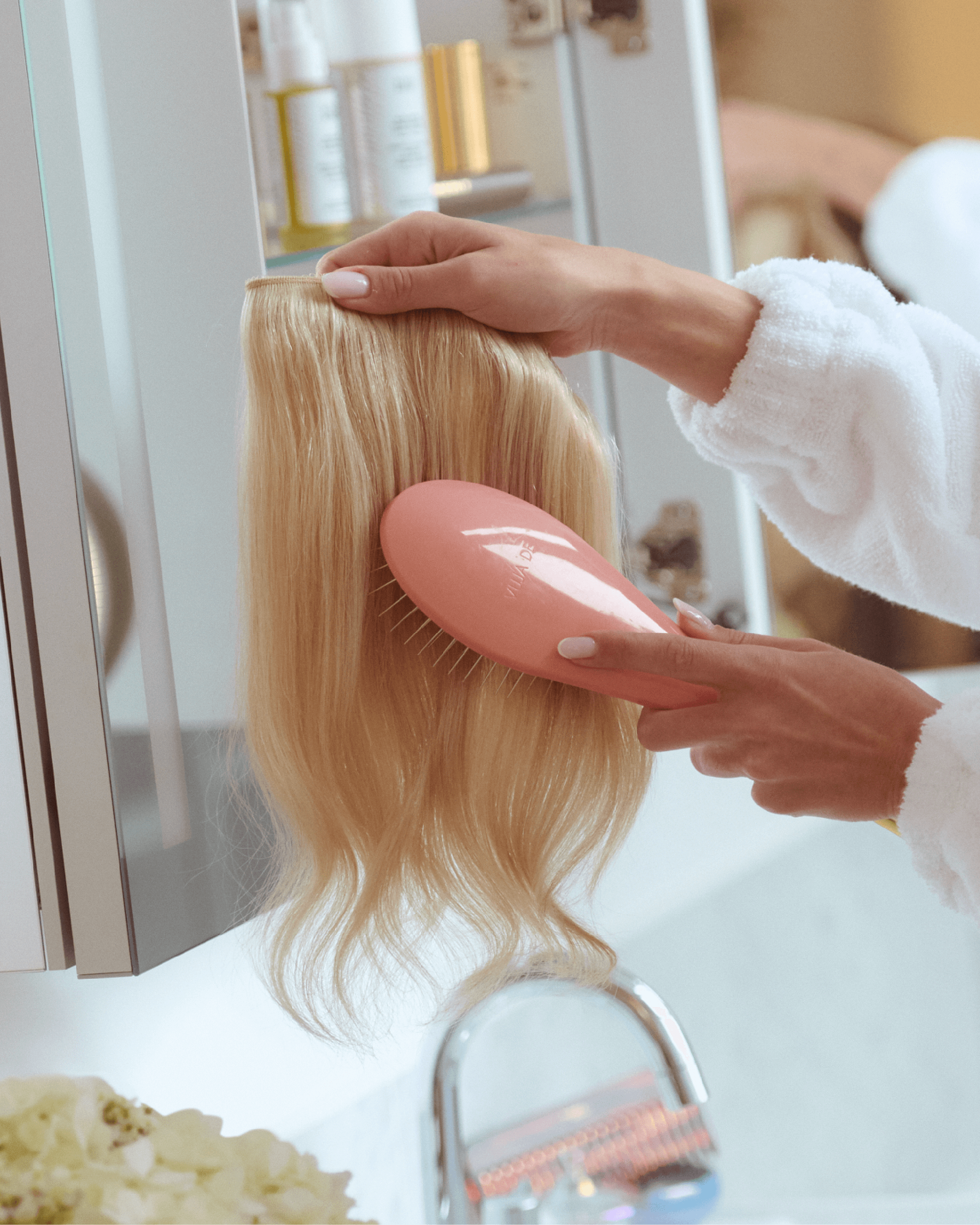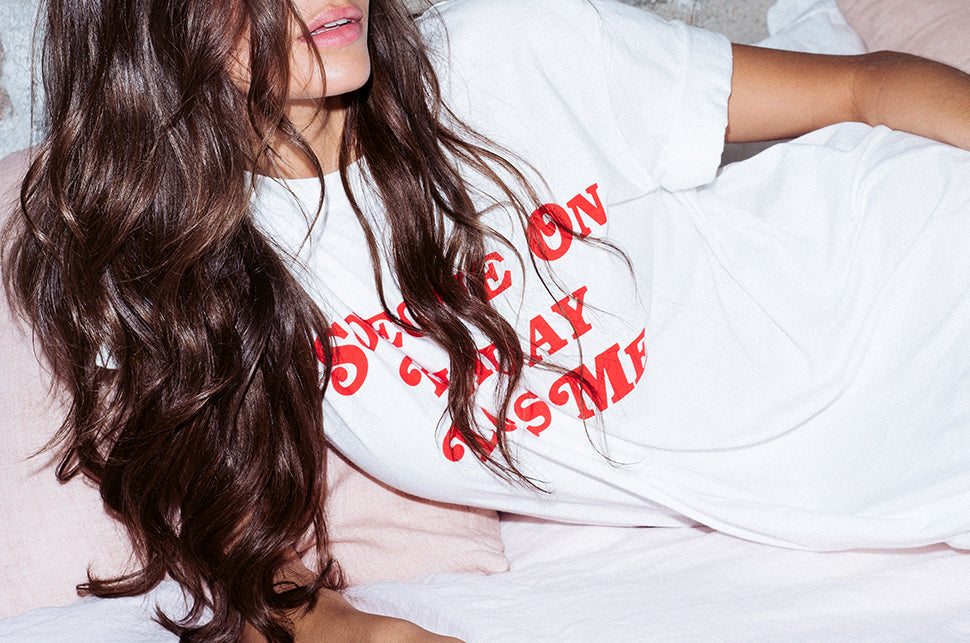I started out on the genetically fortunate side of life when it comes to hair.
While most babies are born almost bald, I was born with a full head of dark curls. *baby hair toss*
From that moment forward, having long, thick curly hair was a big part of my identity.
By age three, the length of my hair had reached my butt, and adults would stop my mum on the street to gush over my hair in awe.
But like many girls, my relationship with my hair went through stages.
At age 9, I decided my hair needed a trim and cut the end of my braid off.
This obviously devastated my mum as she had to cut my virgin curls short to fix the lopsided cut I thought was merely a trim.
Then there was grade 5 and 6 of primary school, where I frequently made my mum spend an hour straightening my long, thick hair because I wanted to have straight hair like everyone else.
Then at the start of high school, age 13, which is probably the most significant moment in my hair journey.
I got my first blonde highlights.
If you've ever had blonde highlights and stuck with it, you know more often than not, that one does not simply just 'get blonde highlights'.
Being blonde becomes...well, kind of an addiction.
An unhealthy one for your hair in most cases.
It usually starts off with a few highlights to give your brunette locks that summery, vibrant sunkissed look.
Because why not try something different?
Then the next time you get your hair done, you think;
'I wonder what I'd look like if my hair was even lighter hair!'
So you turn to your hairdresser confidently with a big grin and say;
"Let's do a few more highlights today."
The highlights eventually go from a half head to a full head.
But somehow you still identify as a brunette.
Until one day someone references you as blonde and it catches you off guard.
Me? A blonde? Really?
It's not until you look at a photo of yourself and start to realise you really are a full blown blonde, and how could you have missed this?!
In my case, this transition from brunette to blonde happened slowly, over about 8 years.
So slowly that it wasn't until it was too late, that I realised the big mistake I'd made;
I had completely disregarded hair care the entire time.
I was young, no one told me, and hair and beauty vloggers on YouTube wasn't a thing yet.
As I gradually went blonder and blonder, I was only doing the most basic hair routine.
Just normal shampoo and conditioner (not even shampoo and conditioner specifically for curly or coloured hair) and zero hair treatments.
I never considered the need for treatments or a regular hair care routine, because having curly hair which had been long and thick was the norm for me.
Naively, colour damage was something I had never even thought about.
Let alone, something that I thought would happen to me with my invincible hair.
I took having long, thick hair for granted because I'd had it all my life.
Here's what I wish I had known right from the start;
The nature of curly hair is that it's DRY.
The nature of bleach is that it makes your hair DRY.
So, it's not surprising that when bleaching curly hair blonde, it causes hair to become so dry that it's drastically weaker and more susceptible to breakage.
Anyone colouring their hair blonde should consider that bleach will dry out your hair, every time, but especially those who have curly hair or naturally dry hair.
So realising I'd compromised the strong, healthy hair I'd been genetically gifted with for the sake of being blonde was a harsh reality.
I really love being blonde, but I love having thick, long hair even more.
These days, my hair is still growing long, but it's the top layers of my hair that suffer, where I continue to get new blonde highlights.
The devastating part is how thin the ends of my hair are now compared to the top of my head.
I'm in a tricky position now because I still really want to be blonde, but I also want to prioritise reviving my back to being thick.
The challenge is:
If I grow out my blonde, I'll spend a long time with very outgrown regrowth (not the look I'm after).
Or if I get my hairdresser to blend the blonde and my dark roots with a soft ombre balayage, I'll still be bleaching my hair and risk more breakage, although perhaps more minimal than before because I can wait longer between colour.
For right now, my game plan is:
As minimal bleaching as possible.
Just enough colour to disguise the regrowth looks with a soft brunette to blonde ombre, while I trial intensive treatments to hydrate my hair as much as possible and prevent any breakage.
Regular trims every 6-8 weeks to cut off any split ends and breakage.
Something I didn't do up until two years ago. Yikes!
I've since noticed regular cuts has helped my hair grow much quicker than before.
I only really used to trim the ends of my hair, but perhaps if I start trimming the breakage on the top layer of hair I'll start to see similar hair growth results all round.
Be more consistent with hair treatments!
My hairdresser works for an Aveda salon so I bought their damage repair mask, which I loved when using it but I wasn't consistent enough to see effective results.
I'd just use it here and there whenever I remembered.
I've also tested Olaplex No. 3 which we talk about a lot at Sitting Pretty, and which I also really love.
I noticed my hair felt healthier even after the first use.
Although once I ran out of the bottle (which unfortunately doesn't go a long way when you've got long hair like mine) I didn't restock because I found another organic hair treatment I wanted to test.
It's too early to see any results, but it's made with Jamaican black castor oil, supposedly an amazing hair growth remedy.
I also recently started using Bondi Boost, which has a lot of great hair growth ingredients, so between all these power products, I'm hoping I can bring my thick hair back ASAP.
In the meantime, there's my Sitting Pretty Halo.
As someone who's always had curly, thick hair, I never considered wearing hair extensions until I was introduced to the Sitting Pretty Halo.
I was never going to go to the effort of getting permanent extensions because I had no need for it before my hair became thinner.
I'd also heard one too many horror stories from friends of glue and tape extensions causing their hair to weaken and break.
Counterproductive, considering many women wear extensions to fix their thin hair problems, and not cause more damage. Duh!
Nor was I going to entertain clip-ins, because they take so much fiddling around to get right and as an extension skeptic at the time, I wasn't ready to commit that much effort just to experiment with more hair.
The difference with the Sitting Pretty Halo is that it's a friendly alternative for a hair extensions newbie like me.
You just put the Halo on like a headband and boom - you've instantly got thicker hair.
Not to mention, it's completely non-invasive so it won't damage your natural hair at all.
While I'm working on growing my own hair, my Sitting Pretty Halo has been exactly what I need to feel like myself again, to add back the thick hair that I'm used to.
I've cut it to the same length as my own hair so no one would ever suspect I'm wearing extensions.
It just looks like my hair has grown thick and healthy (while I patiently wait for my real hair to actually look like this).
No matter your hair type, I think this is a lesson for all girls going blonde to make sure you're treating your hair right from the start.
It's A LOT easier to prevent colour damage than it is to repair colour damaged hair.
That's for sure.
On the positive side, we've got a whole lot of resources at our fingertips.
A trusted hairdresser, all the right treatments for your hair type, and a Sitting Pretty Halo to give you your hair goals while you wait to grow your own. All of these together can all help you repair your hair back to health.
Read next: Why My Hair Started Falling Out
Guest post by Jordy from our marketing team
Read more
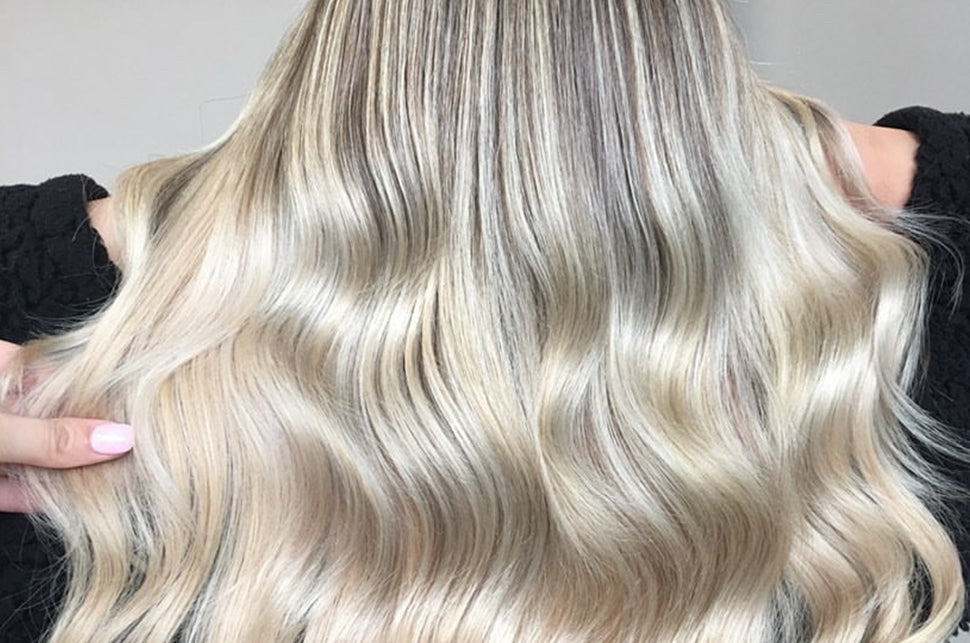
Can I dye my halo hair extensions? It's a question we get every now and then, but a tricky one to answer. Our halos are made from premium quality human Remy hair. If you've done your research, y...
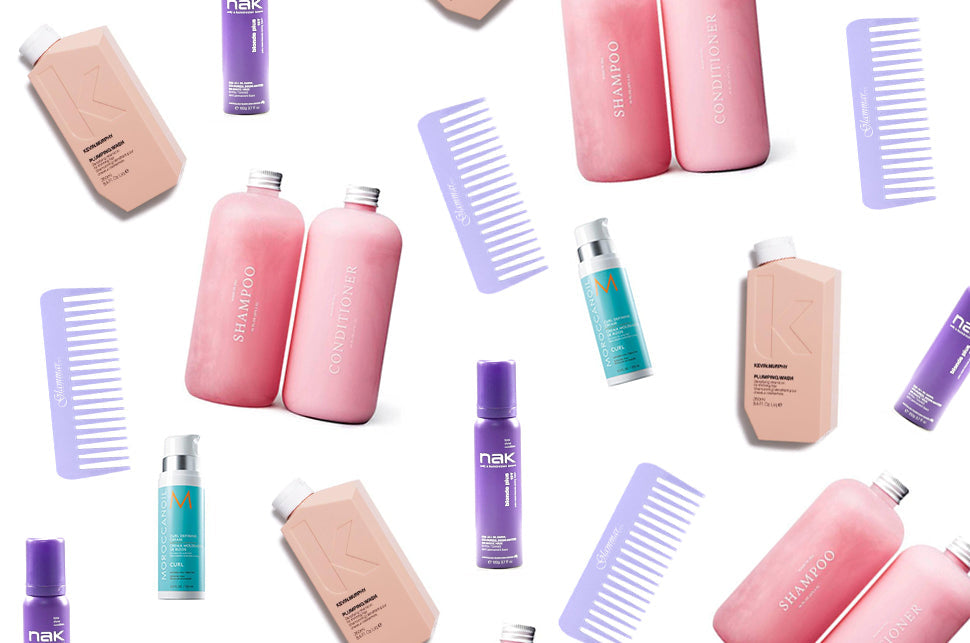
There's a lot of hype about hair care, hair treatments, and hacks for growing your hair... Yet one simple task that often gets overlooked is how you wash hair. The truth is, most people are washin...
